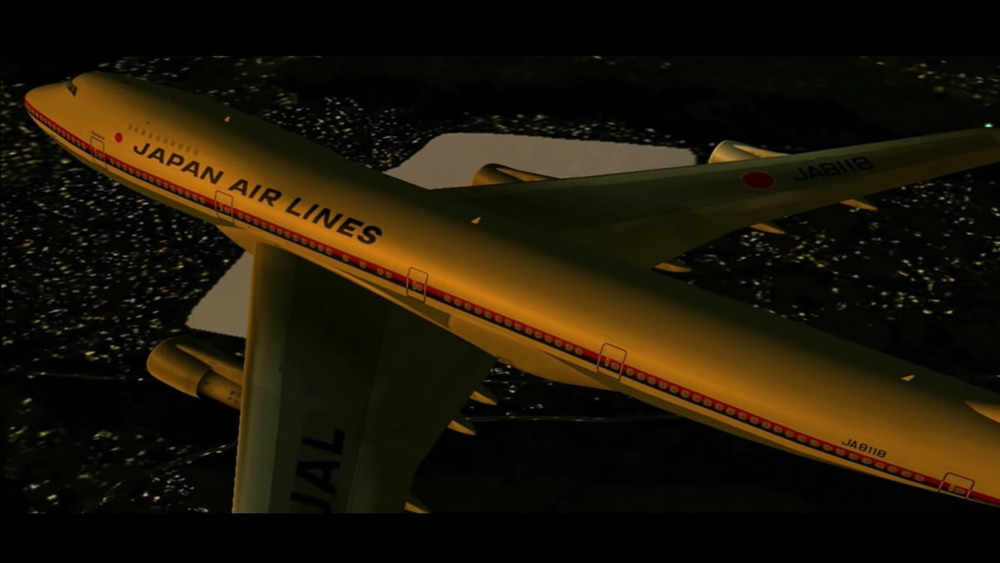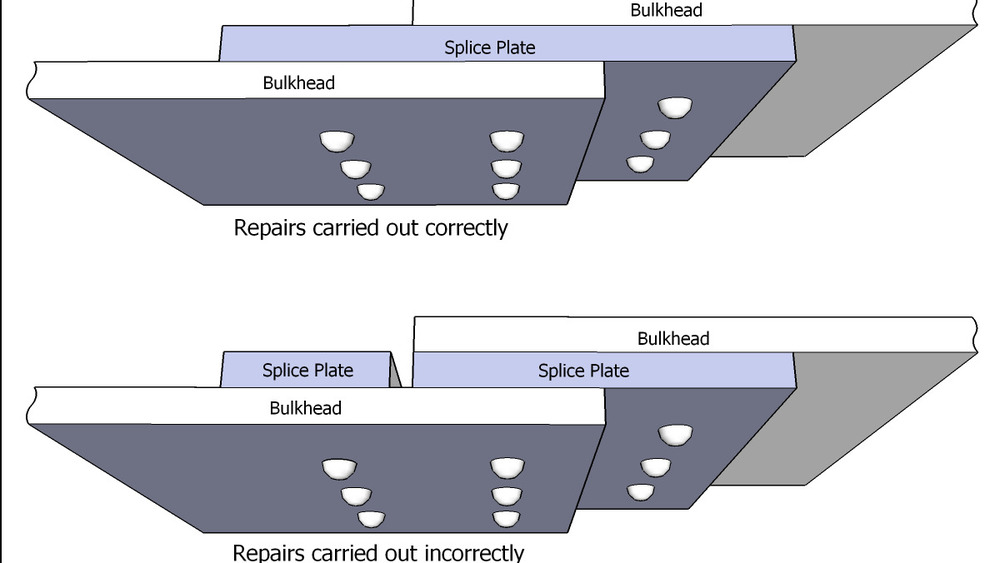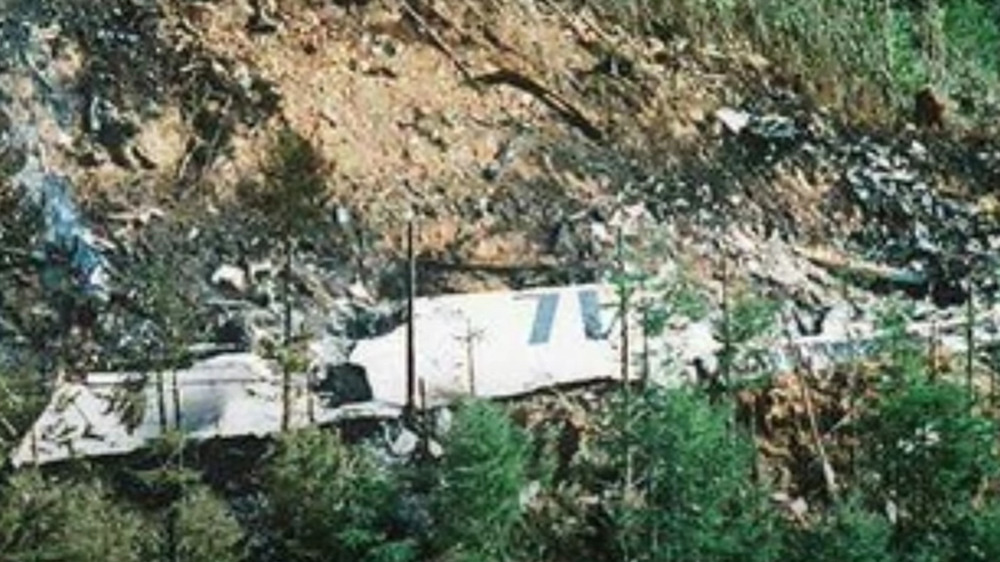The Truth About The Deadly Japan Airlines Flight 123
It was summer in Japan, festival season, when many are traveling and celebrating. On August 12, 1985, Japanese Airlines (JAL) Flight 123 was packed with hundreds of those travelers, reports the Japan Times, many returning home for the country's Obon holiday, when families generally gather to honor ancestors. According to the Associated Press, the flight was to be a short one, from Tokyo to Osaka, with a little over an hour in the air.
Instead, the Boeing 747 encountered trouble less than 15 minutes into its scheduled flight. United Press International reported that despite heroic measures by the flight's crew, the plane would disappear from radar some 20 minutes later. On that day, 520 people lost their lives, and Flight 123 went down in history as the deadliest single-plane accident in aviation history. Tragically, as Aerotime Aviation News would report, an investigation would later conclude that the accident was not inevitable. It was the result of human error and remarkably, not even a mistake that occurred that summer evening. Instead, the root cause of the disaster that's been described as "Japan's and the aviation world's Titanic" began some seven years earlier.
The tragedy of Japan Airlines Flight 123 began with a tail strike
In 1978, the JAL 747 that would eventually crash as Flight 123 in 1985 was involved in a tail strike incident, says Aerotime. As Simple Flying describes it, a tail strike occurs when the nose of a plane is too high during takeoff or landing, causing the low tail to strike the ground. As scary as they sound, tail strikes rarely cause serious injuries themselves, but the damage can cause long-term problems if not fixed correctly. Unfortunately, according to investigators, a substandard repair is exactly what happened in the case of JAL 123.
In a simple analogy, if you think of the plane's bulkhead (its walls) as the bread of a sandwich, a tailstrike would be like jostling the sandwich until the slices of bread are off center, exposing the middle part of the sandwich. A proper repair would use a single splice plate (think of it as another slice of bread) inserted between the top and bottom halves to stabilize things. In the case of JAL 123, Boeing technicians mistakenly used two splice plates, which weren't strong enough to withstand the repeated cycles of pressurization and depressurization — imagine the way your ears pop during takeoff and landing — that airplanes go through as part of normal usage. The post-crash investigation surmised that an improper repair like this one would mean the plane would only be able to go through about 10,000 more pressurization cycles. It actually made it around 12,000 cycles until that August 12 flight.
'It's the end'
The crew and passengers aboard Flight 123 must have experienced near-unimaginable terror. Transcripts and in-flight audio recordings (posted on YouTube) that were recovered after the crash reveal that the severity of what was happening was apparent (at least for the flight crew) from very early on.
Shortly after takeoff, the plane suffered structural failure as a result of the previous repair, causing sudden decompression and, even more urgently, severing the plane's hydraulic lines. What that meant was that the flight crew now had very control over the plane — certainly not enough to return to Tokyo's Haneda Airport as they initially tried to do. At times, gravity pulled the plane into a dive before air pressure kicked the nose back up again to an ascent. As the pilot and crew notified air traffic of the emergency, recordings reveal loud alarms and flight attendants instructing passengers on how to use the oxygen masks.
As the Federal Aviation Administration explains, above 10,000 feet, it becomes incredibly hard to breathe, which can send people into a condition called hypoxia, a major concern, because oxygen masks only offer a limited supply. Shortly before the plane went down, amid urgent automated warning sounds and crew instructions to "pull up," Captain Masami Takahama can be heard exclaiming "It's the end." Moments later, the plane crashed into the side of a mountain.
Remarkably, some passengers survived the crash, though many more would die before help reached them. In all, just four people survived the terror of JAL Flight 123.


